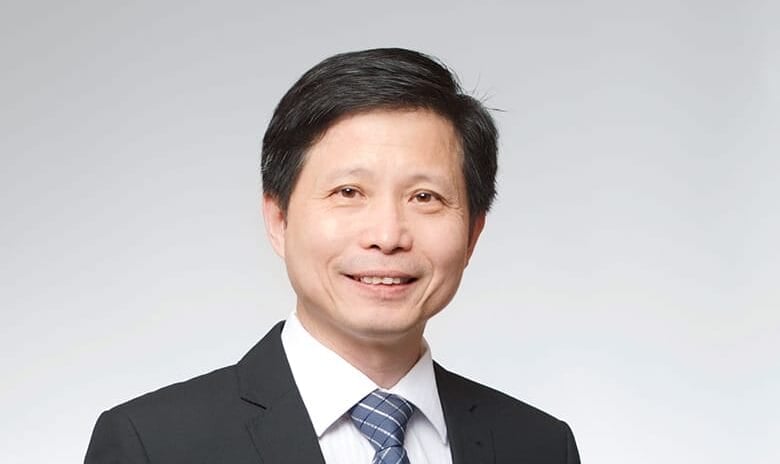
Westlite Ubi opened last December and contributed to higher revenue (Image: Centurion Corp)
Centurion Corp’s first-half attributable profit fell 38 percent year-on-year to S$73.9 million ($57.5 million) as the Singaporean developer of purpose-built accommodation booked lower fair-value gains on investment properties during the period.
Revenue rose 13 percent year-on-year to S$140.7 million on continued positive rental rate revisions across the global portfolio, the SGX-listed group said Thursday in a release. Income also got a boost from Westlite Ubi, a 1,650-bed worker dorm in Singapore’s eastern-central area that opened last December.
Centurion’s net profit after tax from core business operations, a metric that excludes fair-value adjustments, climbed 22 percent year-on-year to S$65.4 million.
“While Malaysia and Australia experienced temporary occupancy moderation from market headwinds and seasonal factors, overall performance remained robust, supported by strong demand in Singapore and the UK alongside positive rental rate revisions across all markets,” said Centurion CEO Kong Chee Min.
Mixed Bag in Beds
Revenue from Centurion’s purpose-built worker accommodation rose 15 percent year-on-year to S$108.6 million in the first half. The segment’s average financial occupancy dipped to 90 percent from a year-earlier 95 percent, largely due to lower occupancy in Malaysia.

Centurion CEO Kong Chee Min
Singapore PBWA revenue increased 17 percent year-on-year to S$99.2 million as Westlite Ubi achieved full financial occupancy by April. Average financial occupancy of the Singapore PBWA portfolio, including Westlite Ubi, stood at 99 percent in the first half.
In Hong Kong, Westlite Sheung Shui opened last November and achieved financial occupancy of 28 percent at the end of the first half, up from 25 percent at the end of March, said Centurion, which expects occupancy rates to ramp up progressively.
Revenue from purpose-built student accommodation grew 4 percent year-on-year to S$30.9 million. In Britain, PBSA revenue rose 8 percent year-on-year to S$22.5 million, driven by higher rental rates, partly offset by a 2-percentage-point dip in financial occupancy to 97 percent.
Australia PBSA revenue saw a 6 percent year-on-year drop to S$7.7 million, mainly due to a weaker Aussie dollar. Financial occupancy slipped to 91 percent from a year-earlier 94 percent.
“With the foreign student cap set to rise by 9 percent in 2026, the group expects occupancies to remain resilient,” Centurion said of Australia’s PBSA market.
In Hong Kong, the group’s two PBSA assets were operational by last September and achieved an average financial occupancy of 40 percent in this year’s first half. Centurion expects occupancy to ramp up with the start of the academic year in the third quarter of 2025.
REIT Milestone Ahead
On Thursday, Centurion touted the proposed listing of Centurion Accommodation REIT as a “key milestone ahead” as the group seeks to become asset-light and recycle capital, but no timeline was given.
Last month the group said the new vehicle was expected to acquire 14 of Centurion’s purpose-built projects at launch with an agreed value totalling S$1.8 billion. CAREIT’s seed portfolio will consist of five PBWS assets in Singapore, eight PBSA assets in Britain and one PBSA asset in Australia, providing 21,282 PBWA beds and 2,772 PBSA beds.
At the end of June, Centurion’s portfolio comprised S$2.6 billion in assets under management and 70,291 beds at 37 operational properties in six countries.
“Centurion continues to strategically review and optimise its asset portfolio, actively seeking opportunities for capital recycling and expansion to drive sustained growth and generate long-term value for stakeholders,” the group said.
Centurion shares closed 6.6 percent lower on Friday at S$1.69.

Leave a Reply